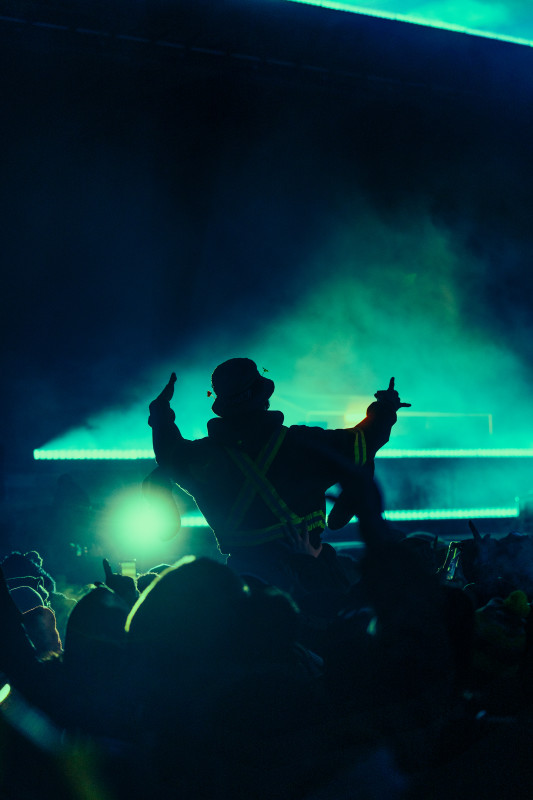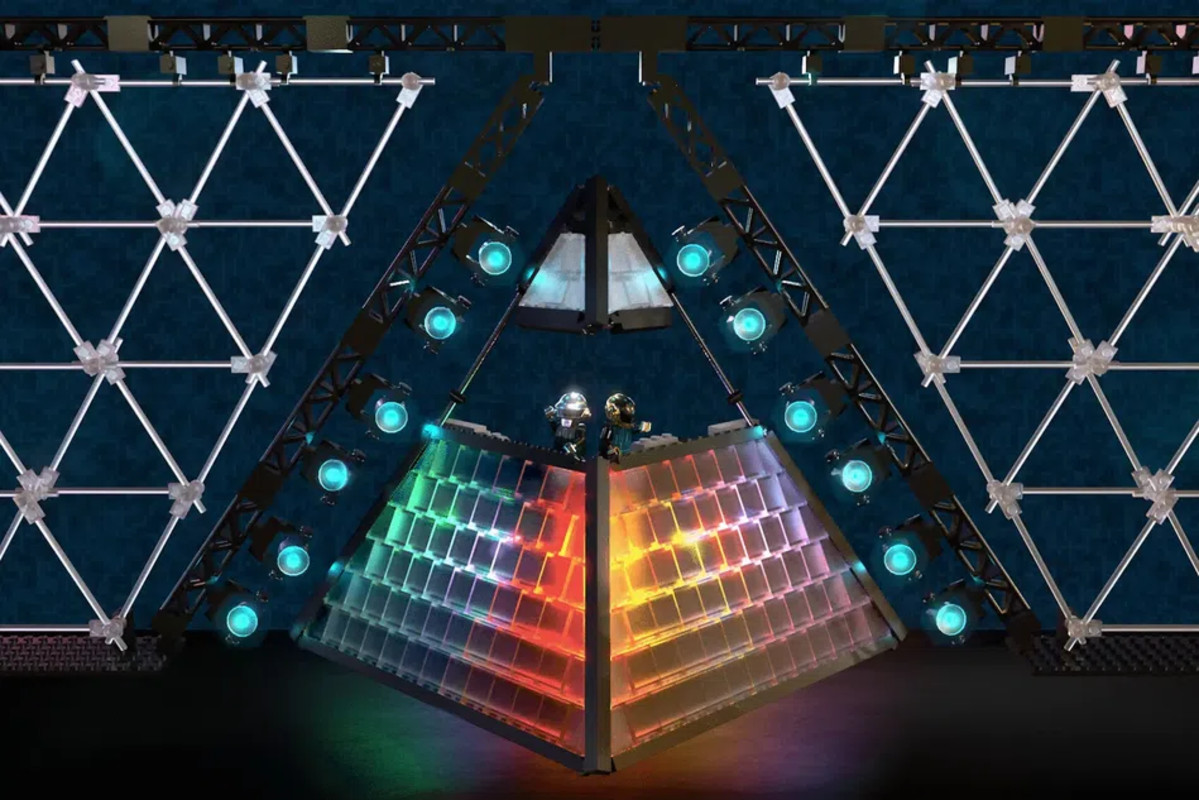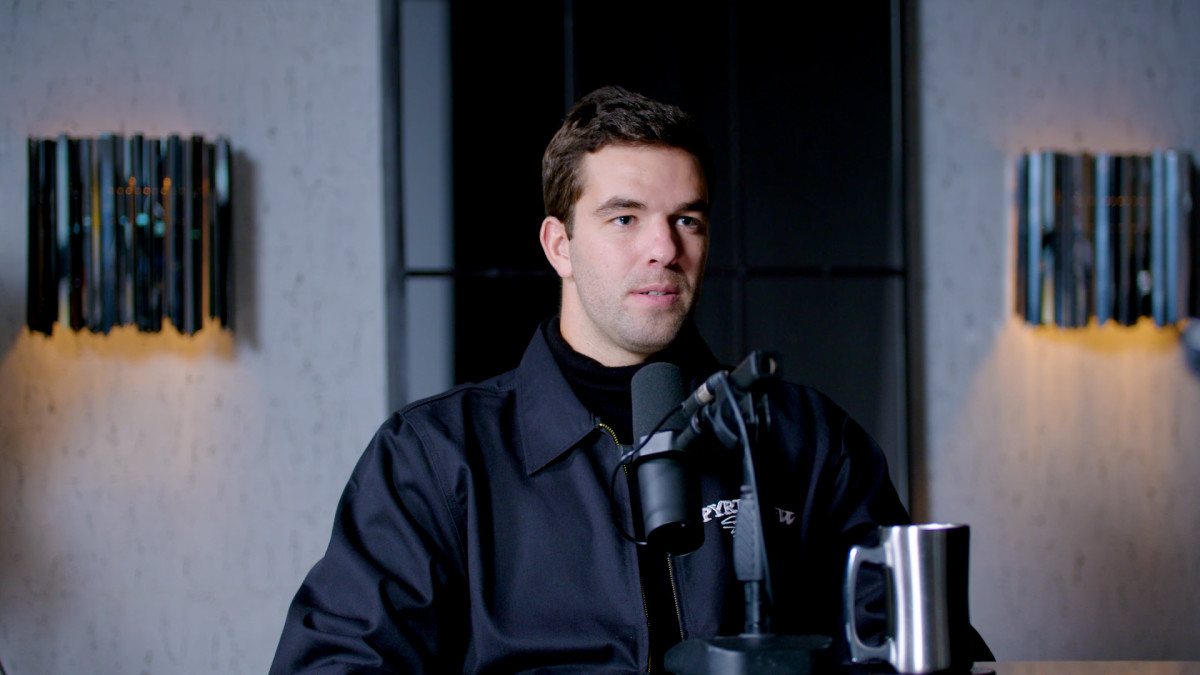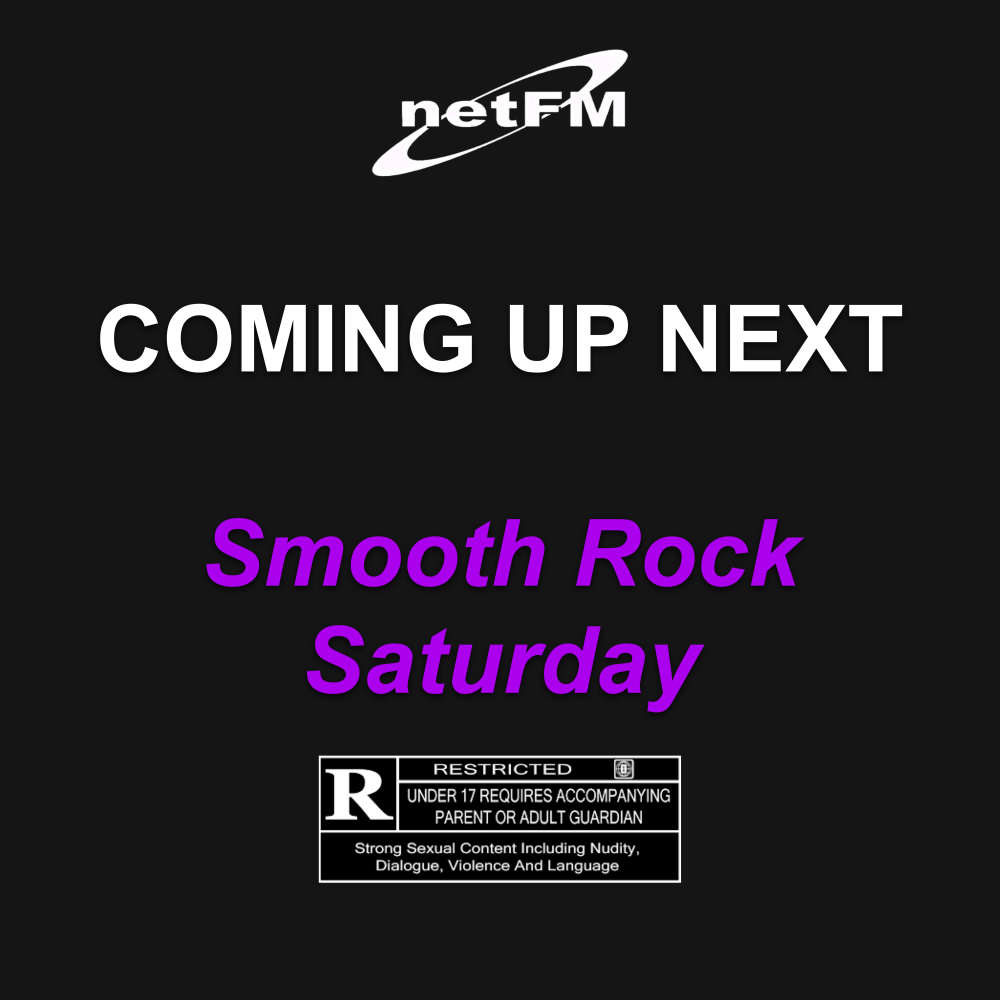
With no headphones needed, ultrasound-based tech can beam audio through the air to a single person, even around obstacles.
Imagine you're in a crowd at a festival, concert museum or even a public square, and suddenly, you hear a message meant only for you. No headphones, just sound. That’s the promise of "audible enclaves," the byproduct of new technology developed by scientists and researchers at Penn State that could redefine how sound is experienced in public spaces.
Led by Jiaxin Zhong, a postdoctoral scholar in acoustics, and Yun Jing, a professor of acoustics at Penn State, the research team has figured out how to use ultrasonic waves to beam sound through the air to a single person without anyone nearby hearing a thing. They published their findings in the multidisciplinary scientific journal Proceedings of the National Academy of Sciences.
The tech works by overlapping two high-frequency beams that are silent to human ears on their own. But when they meet at a specific point in space, they generate a new frequency—the difference between the two—that falls within the audible range. That exact spot becomes a so-called "audio enclave," essentially a pocket of sound, and if you step outside of it, everything goes quiet.
The sound can also curve around objects to reach its destination. This is made possible by engineered "acoustic metasurfaces," which act like lenses for sound by bending the beams in precise directions. That means even if the listener isn’t directly in the line of sight, the message can still find its way to them.
"The self-bending ultrasonic beams created by acoustic metasurfaces, though inaudible, can bypass obstacles such as human heads," according to the study. "At their intersection behind obstacles, highly localized audible enclaves are formed due to the local nonlinear interactions."
To test the system, the team used a dummy with microphones inside its ears. Only when the figure's head was placed at the intersection point could the audio be detected, confirming that the sound was completely contained to that tiny zone.
The tech can create an audible enclave up to about three feet away, at a volume similar to everyday conversation. It’s still in the experimental phase, but the potential applications span everything from immersive art installations and museum exhibits to individualized experiences at live events. Even everyday environments like airports or libraries could benefit, offering directional audio without adding to the noise pollution.
You can read the team's findings here.
 LEGO Review Board Evaluating Daft Punk "Alive" Pyramid Design for Official Production
LEGO Review Board Evaluating Daft Punk "Alive" Pyramid Design for Official Production
 Laidback Luke and Nostalgix's "1000 BPM" Is a Lipstick-Smudged Throwback to Dim Mak's Heyday
Laidback Luke and Nostalgix's "1000 BPM" Is a Lipstick-Smudged Throwback to Dim Mak's Heyday
 Dabin Navigates the Gilded Cages of Love in Radiant New Album, "Aura Park"
Dabin Navigates the Gilded Cages of Love in Radiant New Album, "Aura Park"
 The New Dominator: Boys Noize Reworks Human Resource's 1991 Rave Classic
The New Dominator: Boys Noize Reworks Human Resource's 1991 Rave Classic
 The Endless Now of Dom Dolla and Kid Cudi's Walk-On-Air Dance Anthem, "Forever"
The Endless Now of Dom Dolla and Kid Cudi's Walk-On-Air Dance Anthem, "Forever"
 III Points Festival to Host Bone Marrow Donor Registry After Founder Received Life-Saving Donation
III Points Festival to Host Bone Marrow Donor Registry After Founder Received Life-Saving Donation
 Academy Award-Winning Film Studio A24 Reveals New Music Venture
Academy Award-Winning Film Studio A24 Reveals New Music Venture
 Club Space Announces Memorial Day 2025 Weekender With Sara Landry, Mau P and more
Club Space Announces Memorial Day 2025 Weekender With Sara Landry, Mau P and more
 Barry's Partners With Breakaway Music Festival for Live DJ Workout With Rich DietZ
Barry's Partners With Breakaway Music Festival for Live DJ Workout With Rich DietZ
 Alison Wonderland is Performing a Medieval Version of Her Debut Album at a Renaissance Faire
Alison Wonderland is Performing a Medieval Version of Her Debut Album at a Renaissance Faire
 "You Can't Make This Stuff Up": Fyre Festival Sequel Postponed After Government Disputes
"You Can't Make This Stuff Up": Fyre Festival Sequel Postponed After Government Disputes
 "Drop In": Mary Droppinz Transforms Fortnite Commands Into Dubstep Gold
"Drop In": Mary Droppinz Transforms Fortnite Commands Into Dubstep Gold
 From Festival Grounds to Living Rooms: Tomorrowland Launches Furniture Brand, MORPHO
From Festival Grounds to Living Rooms: Tomorrowland Launches Furniture Brand, MORPHO
 New Avicii Track to Release on Tribute Compilation, "Avicii Forever"
New Avicii Track to Release on Tribute Compilation, "Avicii Forever"
 YouTube Rolls Out Free AI Tool to Help Creators Generate Custom Background Music
YouTube Rolls Out Free AI Tool to Help Creators Generate Custom Background Music
 Aloe Blacc Invites Fans to Honor Avicii's Legacy With Livestream on 7th Anniversary of DJ's Death
Aloe Blacc Invites Fans to Honor Avicii's Legacy With Livestream on 7th Anniversary of DJ's Death
 ALLEYCVT Announces Curated Event Series, "SUPERSONIC"
ALLEYCVT Announces Curated Event Series, "SUPERSONIC"
 BICEP Resurrect DOVE Alias for Haunting Breakbeat Track, "CHROMA 009 KR36"
BICEP Resurrect DOVE Alias for Haunting Breakbeat Track, "CHROMA 009 KR36"
 MËSTIZA Sets Fire to Both Dancefloor and Dinner Table at Queen Miami Beach
MËSTIZA Sets Fire to Both Dancefloor and Dinner Table at Queen Miami Beach
 Composer's Mind Lives On in Lab-Grown Brain That Now Writes Music After His Death
Composer's Mind Lives On in Lab-Grown Brain That Now Writes Music After His Death






